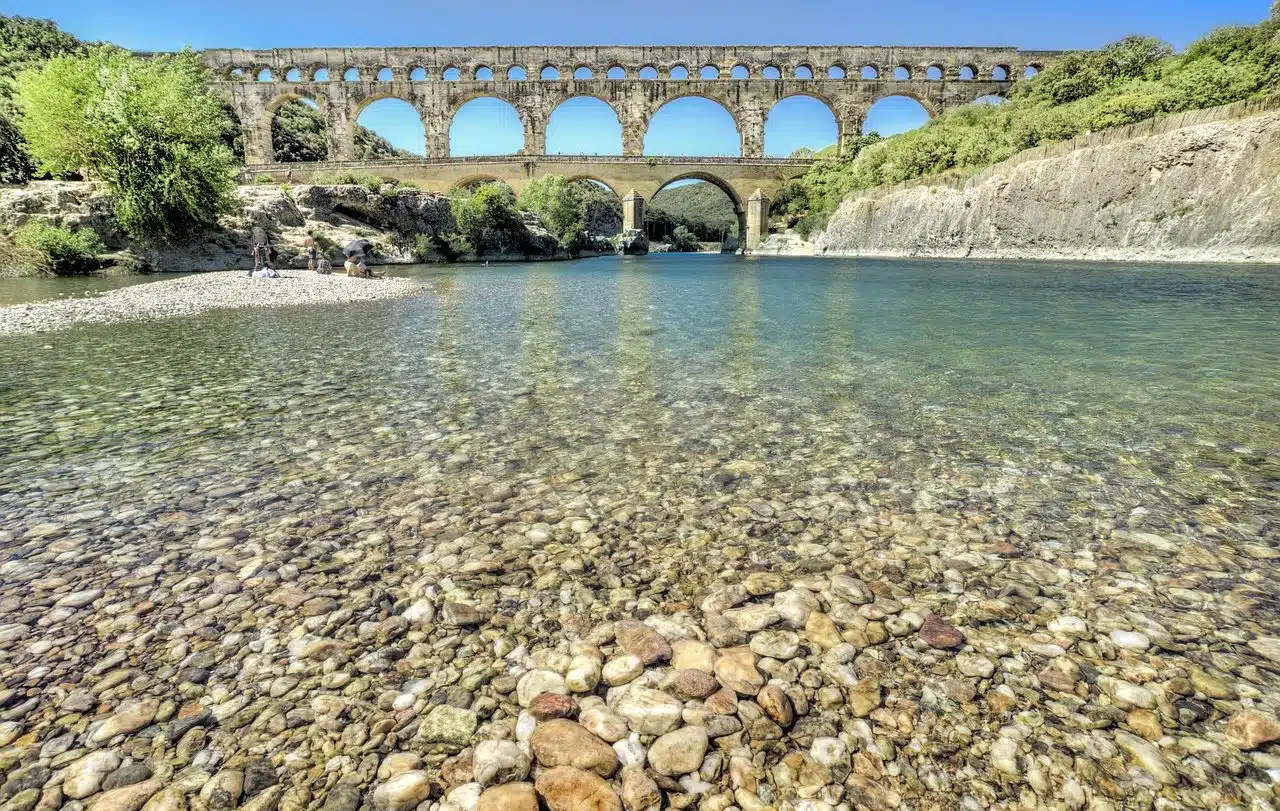
Aqueducts allow water to be transported.
An aqueduct is an artificially constructed channel to carry water to a specific location. This type of system makes it possible for water to flow from the space where it is found naturally to a different place, where it is used by people.
In order to understand the meaning of the term, we have to establish its etymological origin. In this case, we can determine that it derives from the Latin aquaeductus , which is the result of the sum of two components:
- The noun aqua , which is synonymous with “water” .
- Ducto , which derives from the verb ducere and is equivalent to “guide.”
Aqueducts in ancient times
In ancient times, towns used to settle next to rivers so that the transfer of water to homes was easy. Wells were also dug to access this resource. However, as the settlements grew, it became necessary to implement a mechanism to convey water to the surroundings. In this way the first aqueducts emerged.
Certain eastern peoples and the Greeks developed primitive aqueducts, although the Romans were the ones who most promoted this system through new techniques and the use of concrete ( concrete ) in construction.
The Roman aqueducts consisted of canals built on mountain slopes, with a slight slope . They also had arks or boxes that allowed the decantation of solid objects carried by the water and the regulation of the flow .
These aqueducts, on the other hand, used siphons and bridges to avoid obstacles and unevenness. Some of these bridges were also used for the movement of people and carriages.

Many ancient aqueducts today are historical monuments.
A historical work in Segovia
The Segovia Aqueduct , created in the 2nd century , is an example of these Roman aqueducts. It extended for 15 kilometers, from the spring of a mountain range to the city. Today this aqueduct is part of the UNESCO World Heritage Site .
In addition to everything stated above, we have to highlight another series of aspects of this important monument of Castilla y León, such as the following:
- The best area to enjoy and admire it in situ is from the well-known Plaza del Azoguejo .
- It has the particularity that it was built using granite ashlars and without any type of mortar being used between them.
- At the top of the Segovia Aqueduct there are two niches. During the time of the Catholic Monarchs, some carvings of San Sebastián and the Virgin of Fuencisla were established there. Precisely the latter is the only one that is preserved today of the two.
- There is a legend about the origin of this construction . It is noted that a girl, tired of having to continually carry water, asked the demon to do something. He accepted the deal, indicating that if he gave her a solution before the rooster crowed, she would give him her soul. Fortunately, when that animal sang, the devil still had a stone left to place in the aqueduct, so the minor was freed from the bet.
